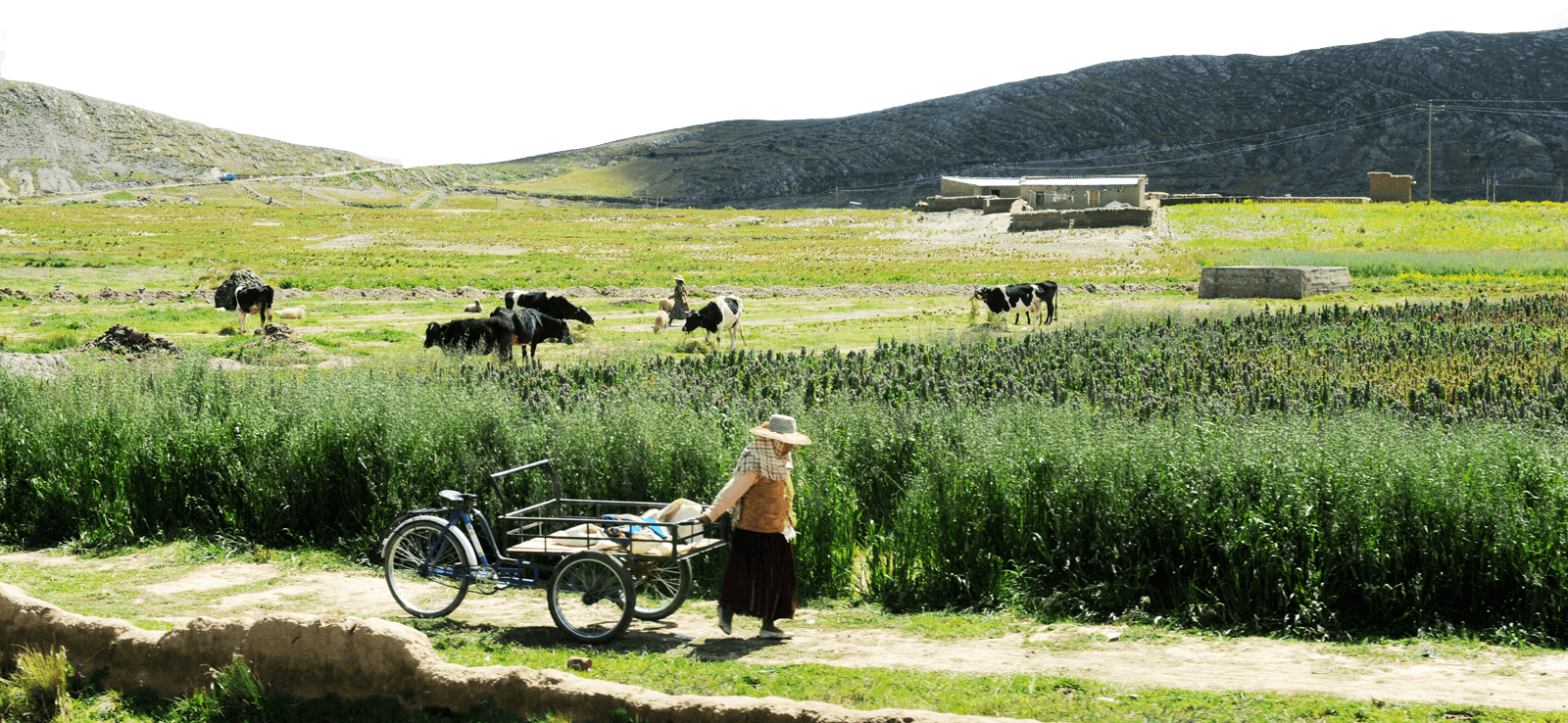The World Bank Agriculture for Action Plan: Lessons
The World Bank Group’s 2013-15 Agriculture for Action Plan: A Lesson in Privatization, Lack of Oversight and Tired Development Paradigms
By Eric Holt-Giménez, Justine Williams and Caitlyn Hachmyer
Executive Summary
Released in January 2013, the World Bank Group 2013-2015 Agricultural Action Plan provides a roadmap for the second phase of operationalizing the World Development Report 2008: Agriculture for Development. Ostensibly, the Plan is designed to improve rural livelihoods and support global food security by addressing climate change, rural gender inequality, market access and investment needs for agriculture. The Plan acknowledges both the importance of small-scale producers in the global agricultural system and the need for climate-resiliency. In these aspects, it is an accurate reflection of the Bank’s 2008 World Development Report that reversed decades of institutional disinterest in agriculture. The Report and the Action Plan also prepare the institutional ground for the market-led development of agriculture and a dominant role for the private-sector in institutional lending.
In the following report, we outline the history of the World Bank’s approach and the crises that led up to the Agriculture for Development report. We review and discuss the Action Plan, and then offer three case studies and numerous examples of the challenges peasants face in the wake of World Bank Group projects.
We question whether the Bank’s strategy will actually improve rural livelihoods, reduce rural poverty, end rural hunger and build climate resiliency, and find that the World Bank continues to operate from long-held, faulty assumptions regarding both agriculture and development. The Action Plan prioritizes public-private partnerships; increased access to conventional agricultural inputs and ‘improved seed varieties’; demographic shifts away from agriculture; and the opening of domestic markets to global agribusiness.
The Action Plan prioritizes public-private partnerships; increased access to conventional agricultural inputs and ‘improved seed varieties’; demographic shifts away from agriculture; and the opening of domestic markets to global agribusiness.
Moreover, the Bank is increasingly shifting funding into its private arm, the International Finance Corporation (IFC) and supporting the financialization of agriculture through projects like corporate-backed index-based climate insurance. Through a combination of its own policies and a failure to enforce safeguards, the World Bank Group and the corrupt businesses and governments that it frequently backs are supporting dislocation, lost land (land grabs) and the erosion of traditional, diversified farming practices and social support networks. We argue that these are not aberrations but the tragic result of a development agenda that supports the interests of private companies at the expense of small-scale farmers and those who depend upon them for food security. We call on the Bank to scale back the activities of the IFC, scale up the enforcement of safeguards and truly support small-scale agroecological production.
We call on the Bank to scale back the activities of the IFC, scale up the enforcement of safeguards and truly support small-scale agroecological
Introduction
Stay in the loop with Food First!
Get our independent analysis, research, and other publications you care about to your inbox for free!
Sign up today!Implementing Agriculture for Development, the World Bank Group’s 2013-2015 Agriculture for Action Plan outlines scaled-up investments in agriculture of up to US$30 billion. Based on the Bank’s World Development Report 2008: Agriculture for Development (WDR 2007), its mandate is to increase support to agriculture and related sectors for poverty alleviation, equity and environmental sustainability. The 2013-15 Agriculture for Action Plan (Townsend et al. 2013) is a continuation of the 2010-2012 Action Plan; together they attempt to map out six years of World Bank investment in agriculture.
The Bank’s renewed focus on agriculture is framed on one hand by more than two decades of negligible lending and declining project performance in the sector (Independent Evaluation Group 2011) and on the other by recurrent food price spikes and the persistence of global hunger. The global explosion of finance capital and extractive industries—though not addressed specifically by the Bank’s agricultural projects—are also actively shaping both the foundations of agriculture and the priorities of the World Bank. The Action Plan is an important document because it operationalizes the 2008 WDR and clarifies the role the World Bank assigns to agriculture in liberalized global economies. It also reflects the expectations of global capital in relation to the Bank.
This assessment will critically review the goals, objectives and assumptions behind the Action Plan, as well as the Bank’s shifting priorities and what these currently mean in practice. It will also reveal what the Action Plan does not address. The document is designed to be a tool for informed dialogue among farmer and civil society organizations regarding the World Bank Group’s plans for agricultural development.
In the first section, Implementing Agriculture for Development, we address the goals, objectives and assumptions of the Action Plan as it addresses Growth and Sustainability, Climate-smart Agriculture and Global Partnerships. The second section, Priorities in Practice, reviews how selected Bank projects support contract farming, large-scale land acquisitions (land grabs) and integration into private global markets. Conclusions and Recommendations summarizes our findings and suggests ways forward.


 Help Food First to continue growing an informed, transformative, and flourishing food movement.
Help Food First to continue growing an informed, transformative, and flourishing food movement.




